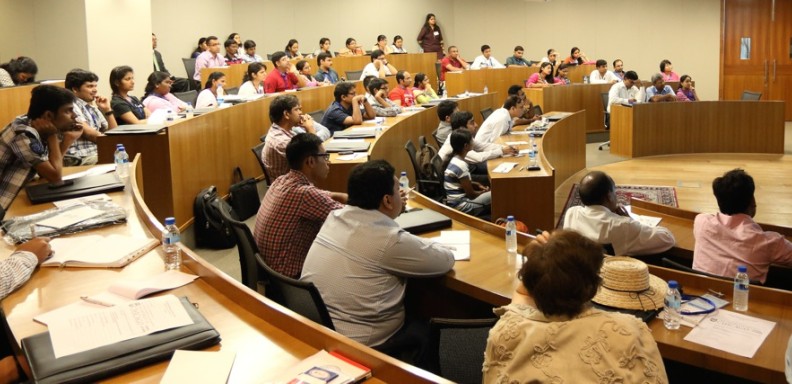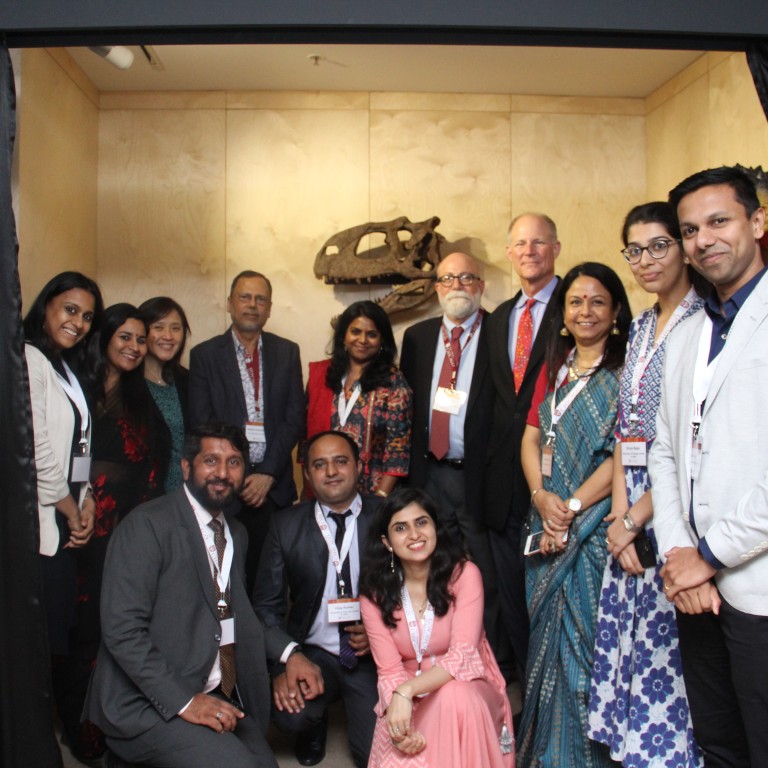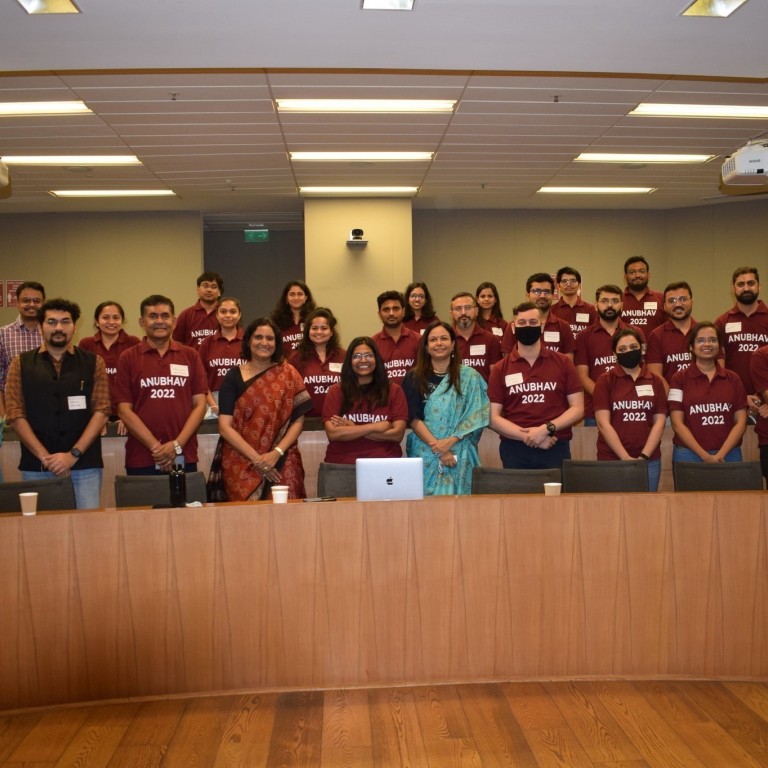Kushagra Dixit, The Times of India
The study considered data between 2008 and 2018 and spoke to people relying on the river. It found that the waterbody had shrunk from 18.05 sq km to 14.5 sq km, bare land soared from 159.25 sq km to 321.2 sq km, and built-up area increased from 233.01 sq km to 249.5 sq km in 10 years. This further took a toll on the income and health of people involved in occupations like fishing, boat rowing, farming, washing, ritual specialists like priests at ghats, and shopkeepers selling offerings like coconut, flowers, sweets, etc.
Among those surveyed, the minimum were boatmen and fishermen. “We found only three boatmen residing on the Yamuna ghat. There used to be many boatmen years, but many changed their traditional profession due to pollution and reduced number of visitors,” stated the report, adding that a few fishermen visited when the gates of Wazirabad barrage were opened.
“The total catch of fishermen also reduced compared with 10 years ago. Now, they hardly get Rohu (Labeo Rohita) and mostly catch catfish and China fish (a hybrid species), which have less commercial value. They work as daily wage labourers, domestic help or pull rickshaws to subsist and come for fishing only occasionally,” the study stated.
Most affected people earned either less than Rs 5,000 per month or between Rs 5,000 and Rs 10,000 per month. “Over 49% of the surveyed population, with an average five members per family, subsisted on less than Rs 10,000 per month, while 17% survived on less than Rs 5,000 per month. Most people surveyed had one or more family members working as manual labourers,” the report mentioned.
Poor economic status was making social and public services increasingly difficult to access. Only 44 % of the respondents had their own houses, while the rest lived in jhuggies, temples, night shelters, or on encroached land, specifically the farmers of Majnu Ka Tila. Only three in 10 had sewer connections. Nearly 17% said school-aged children didn’t attend school due to either a lack of schools in the area or shortage of funds. Those who could send their children to schools didn’t want them involved in their traditional occupations.
Priests and boatmen in Yamuna Bazar claimed that pollution was the main reason for the decrease in the number of visitors and devotees. It had adversely affected their businesses. Farmers were no longer able to grow watermelons for the past 10 years.
Speaking about the health risks of living along the river, the report stated that 55.6% of respondents had gastro and diarrhoea-related diseases and 50% had skin diseases. “While visiting the study sites, we experienced frequent throat infections, colds and fevers,” the report pointed out.
Supratik Guha, principal investigator and professor at Pritzker School of Molecular Engineering, University of Chicago, said the solution for remediation of the river would not be possible by using technology alone, but also require sociological and economic influences.
“There are new technologies emerging for making detailed measurements of water quality, like electronics, computing, cloud-based technologies, sensing and satellite imagery. These can be extremely useful in addressing remediation for rivers like Yamuna. However, technology will not solve everything. The solutions for remediation are complex and involve sociological and economic influences and regulatory guidelines. They need creative models that can be informed and underpinned by technology,” said Guha.



